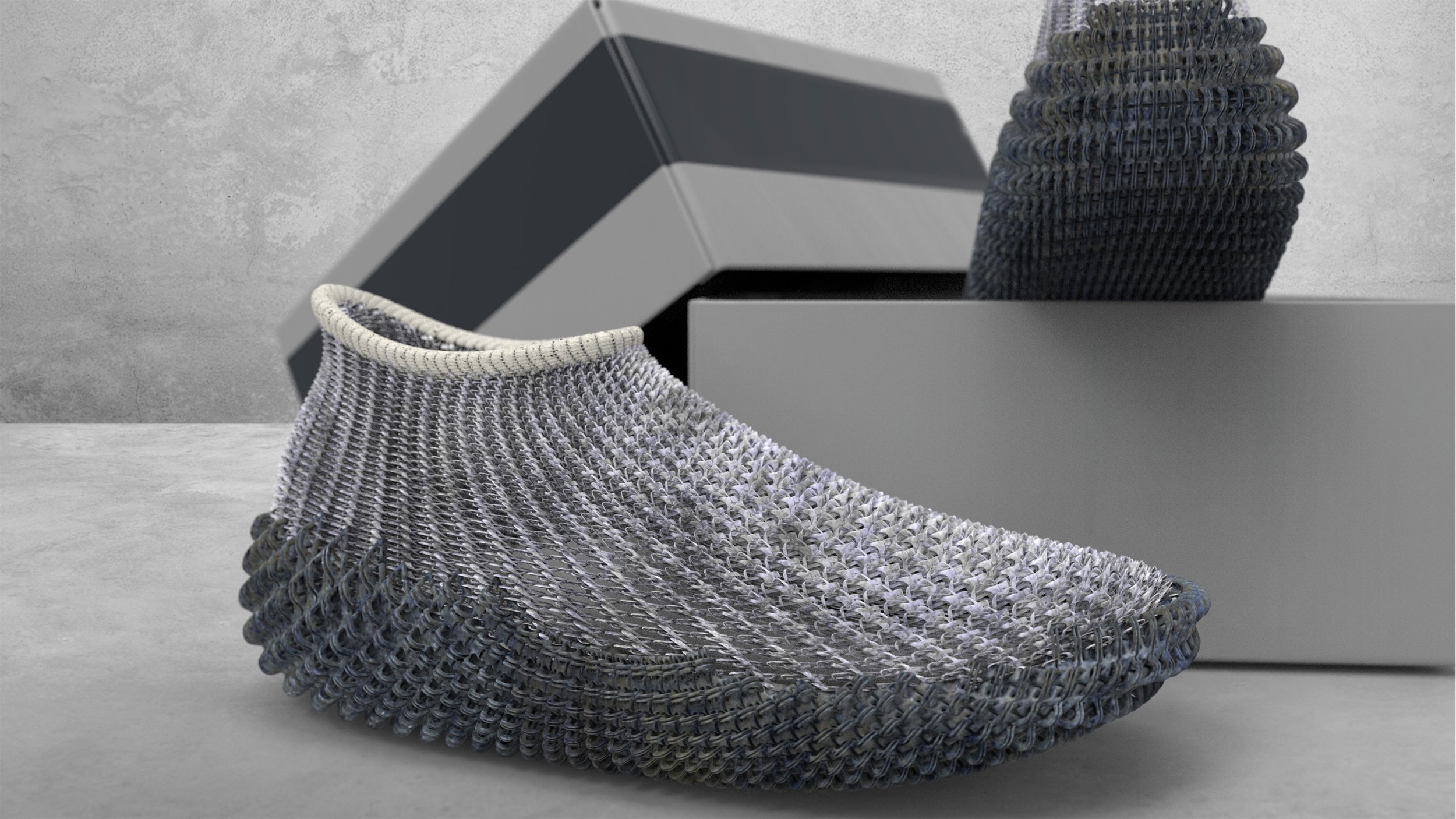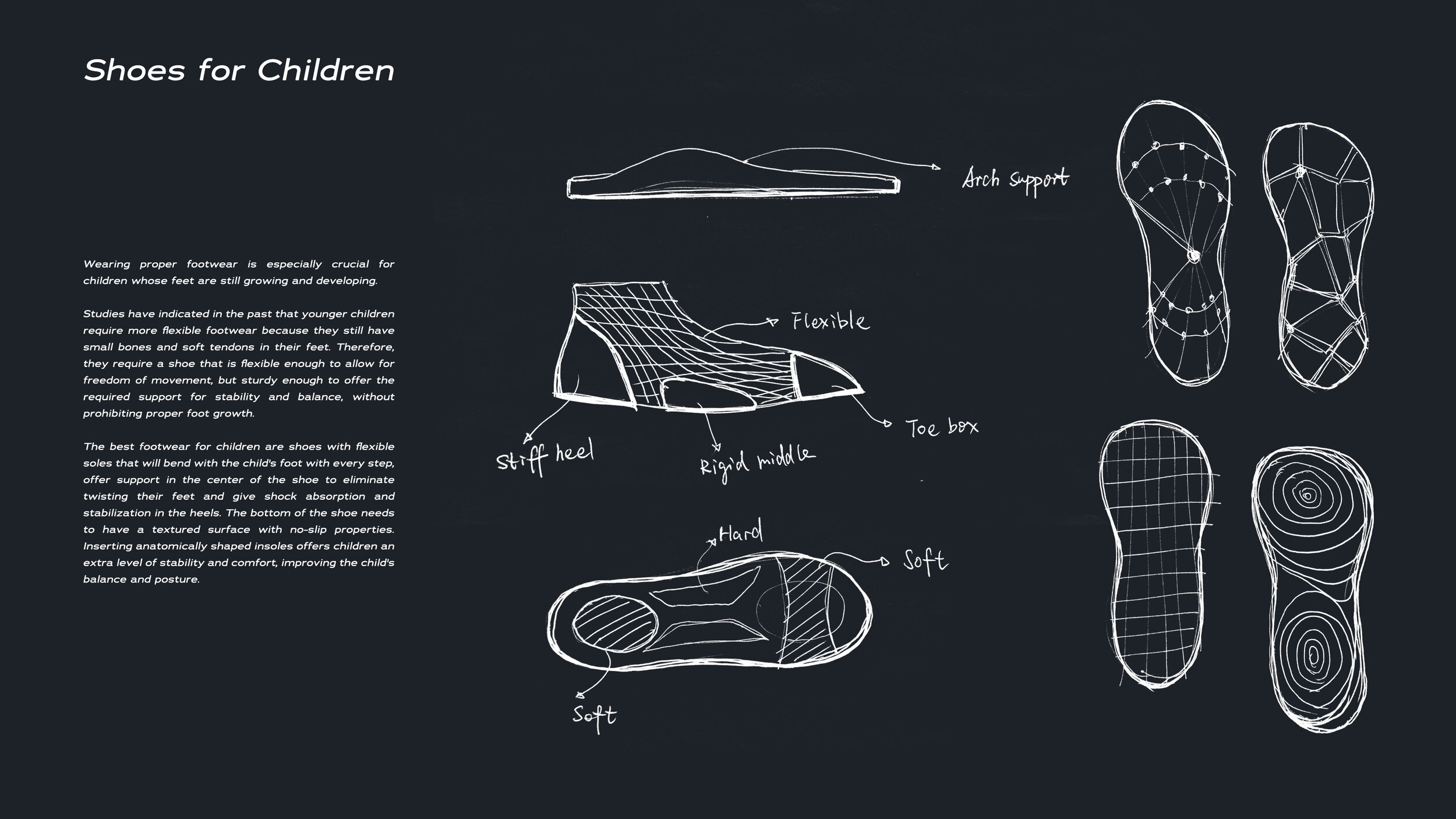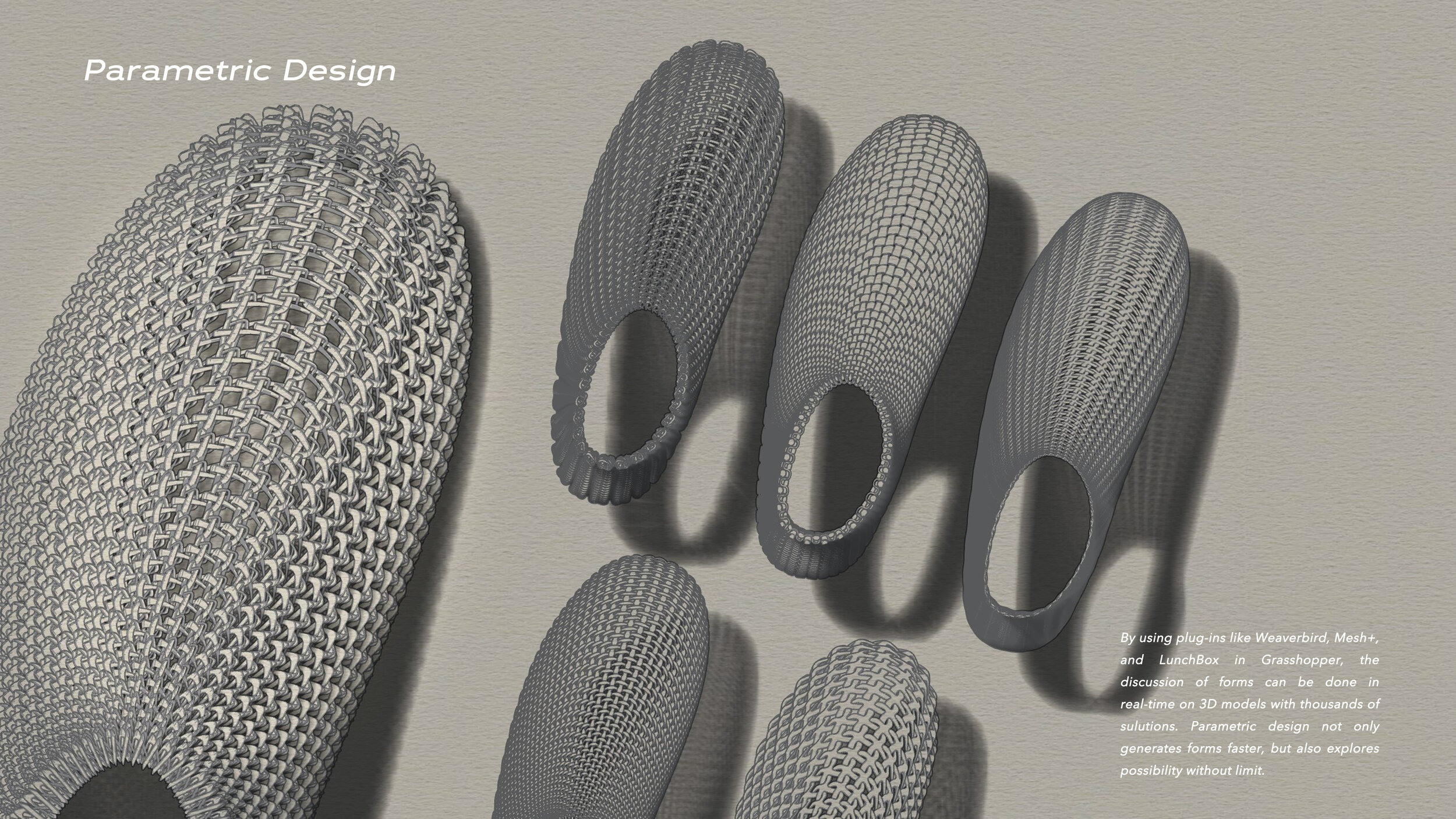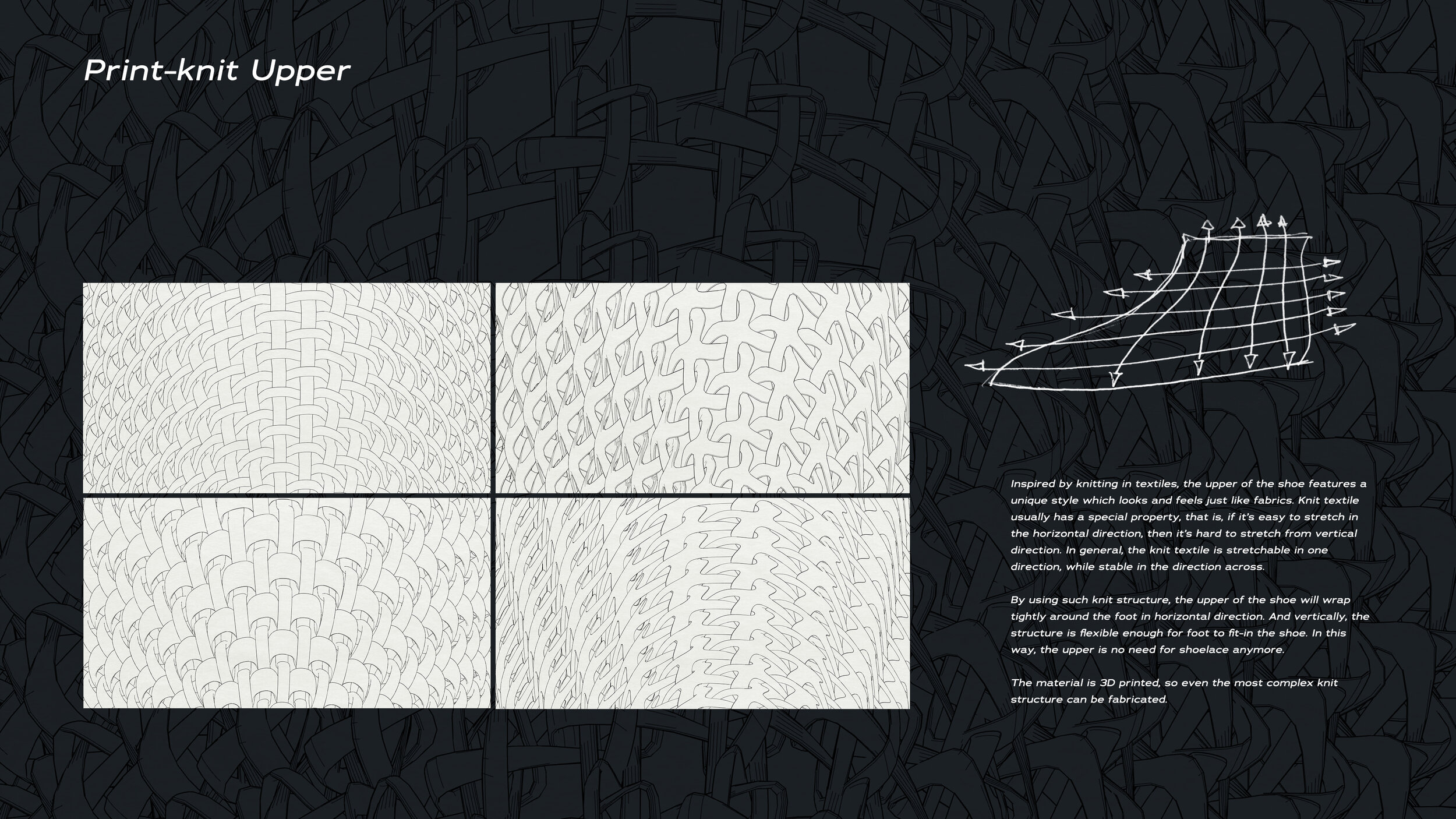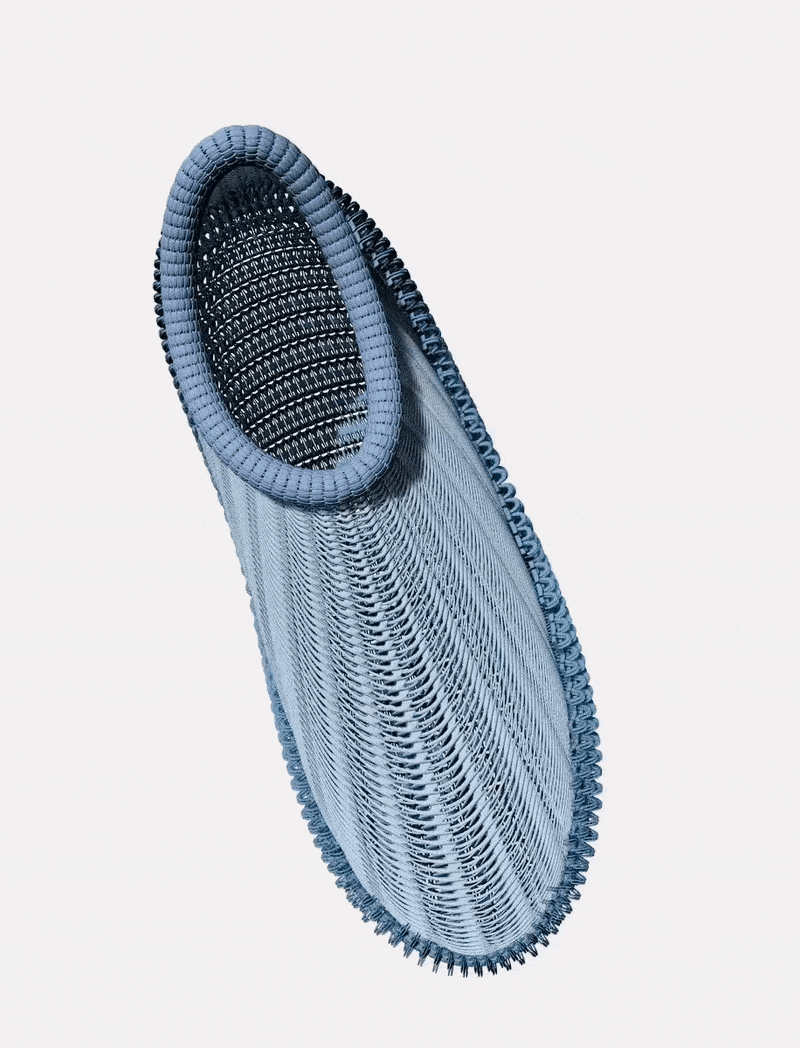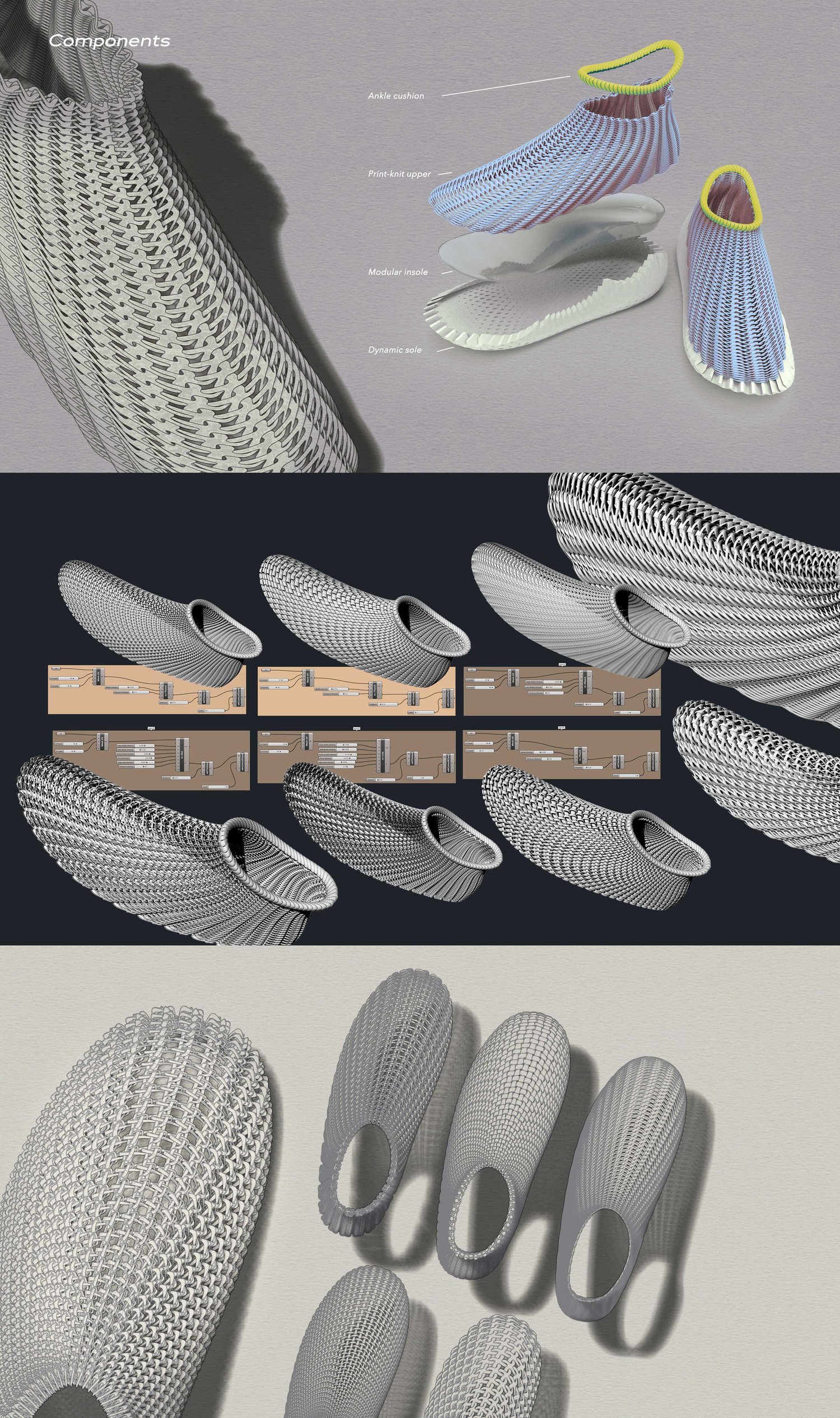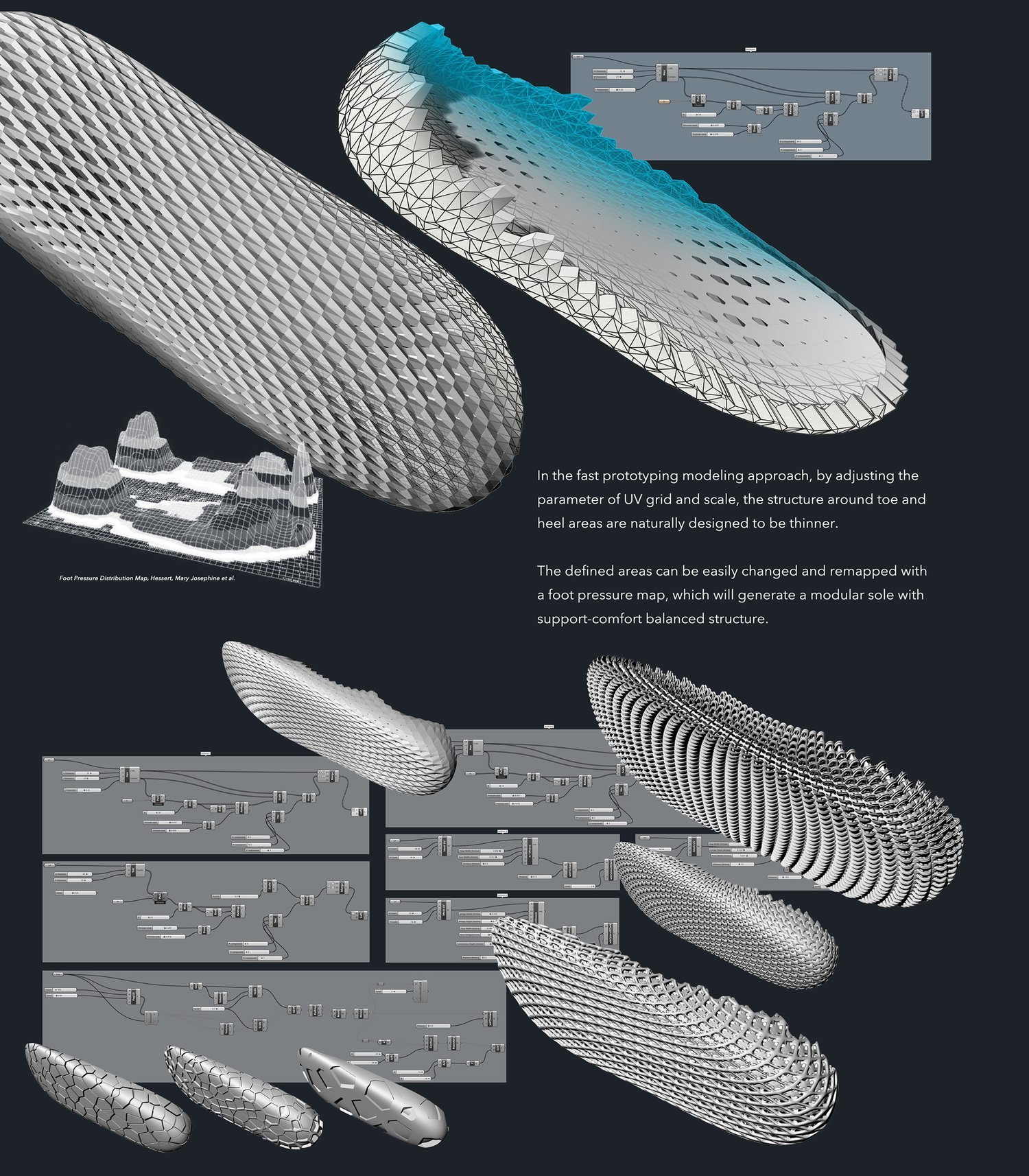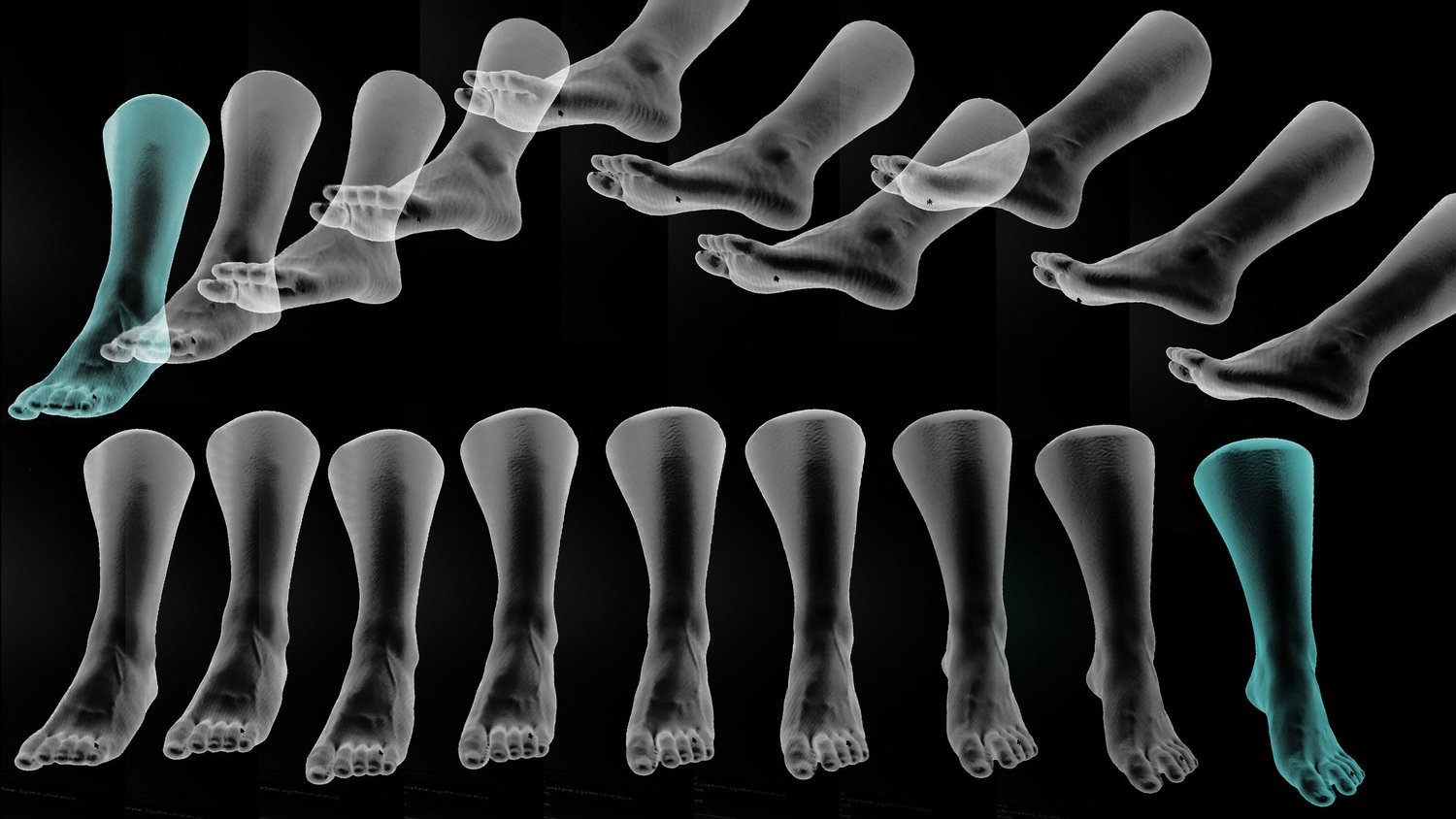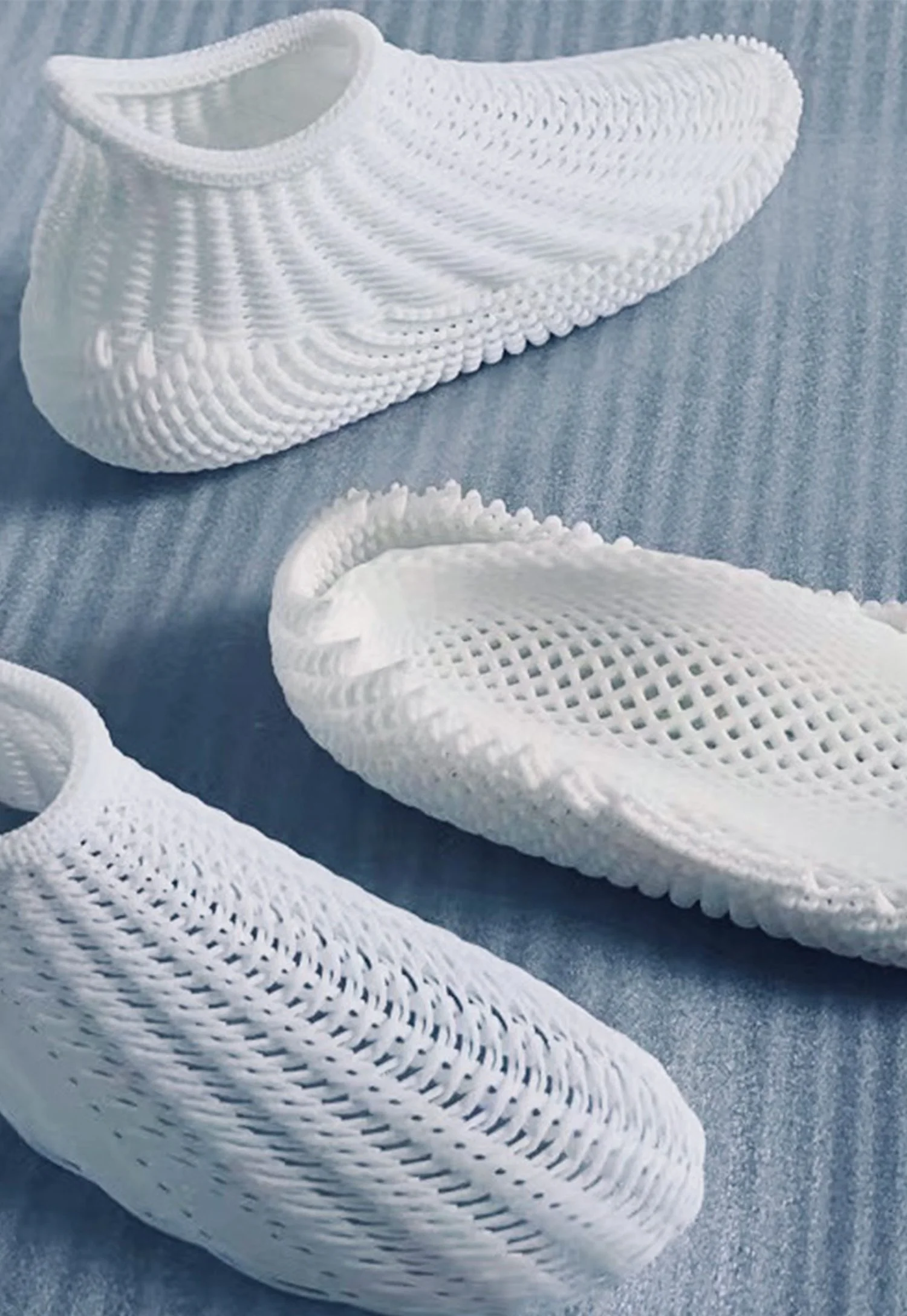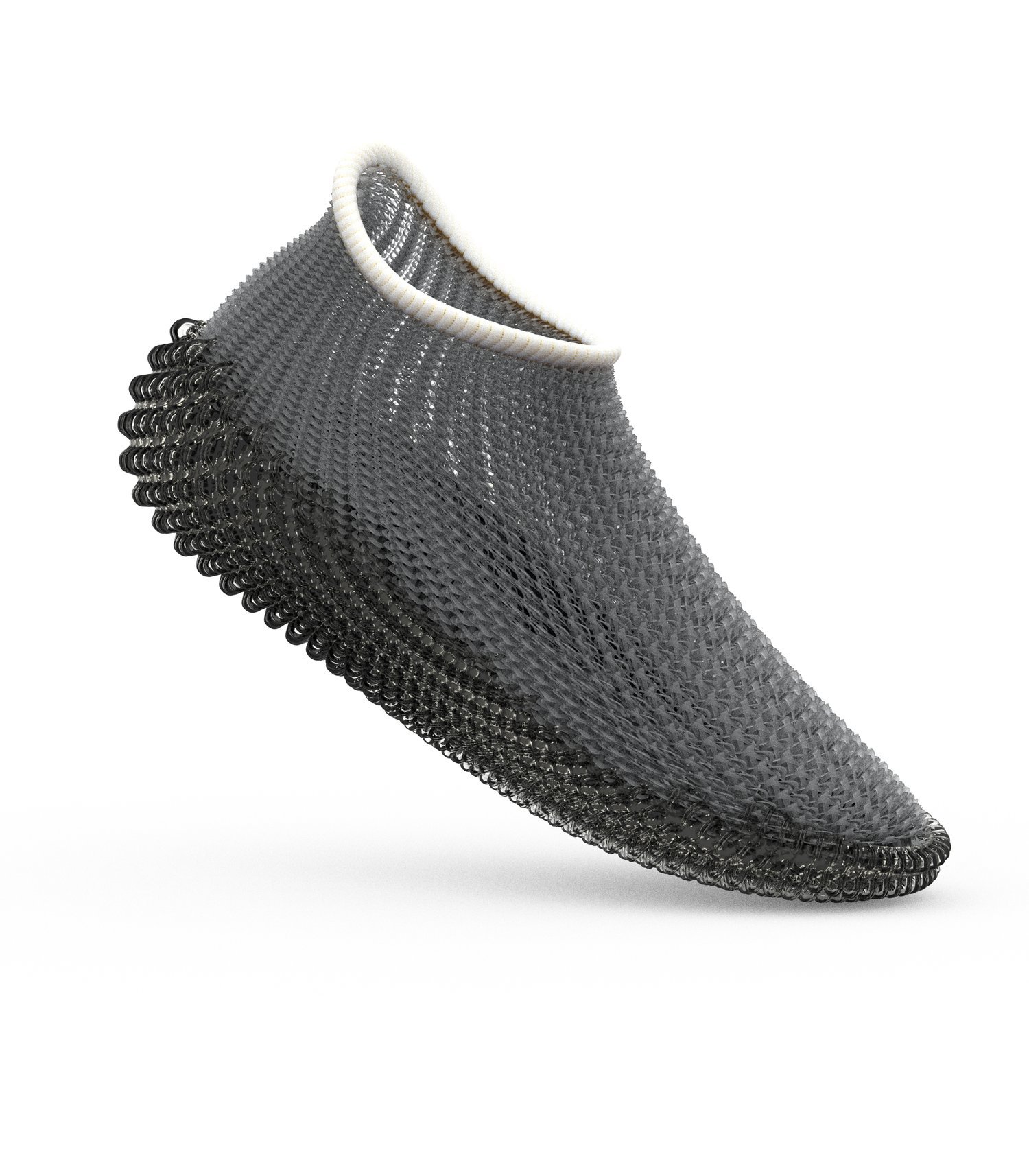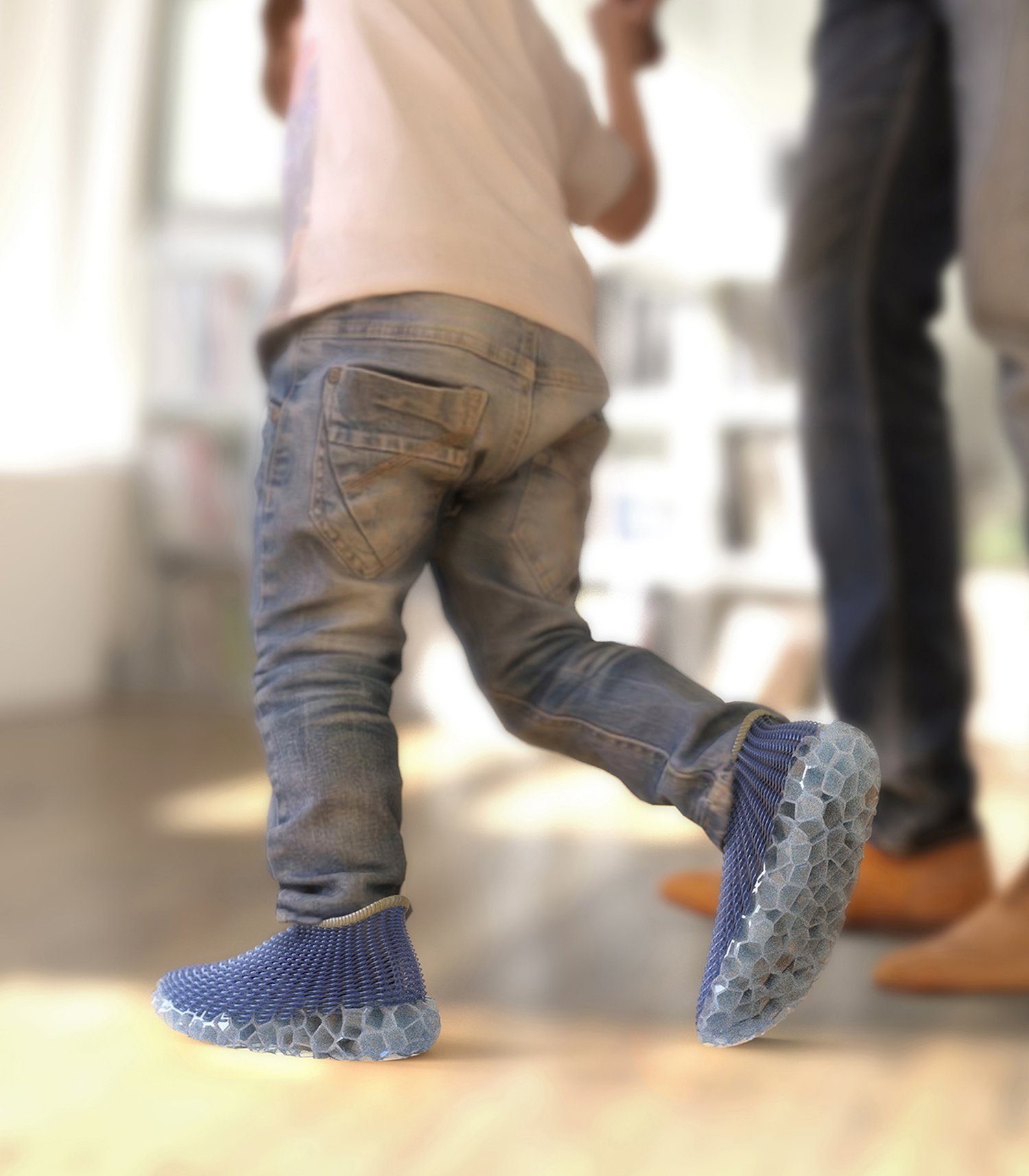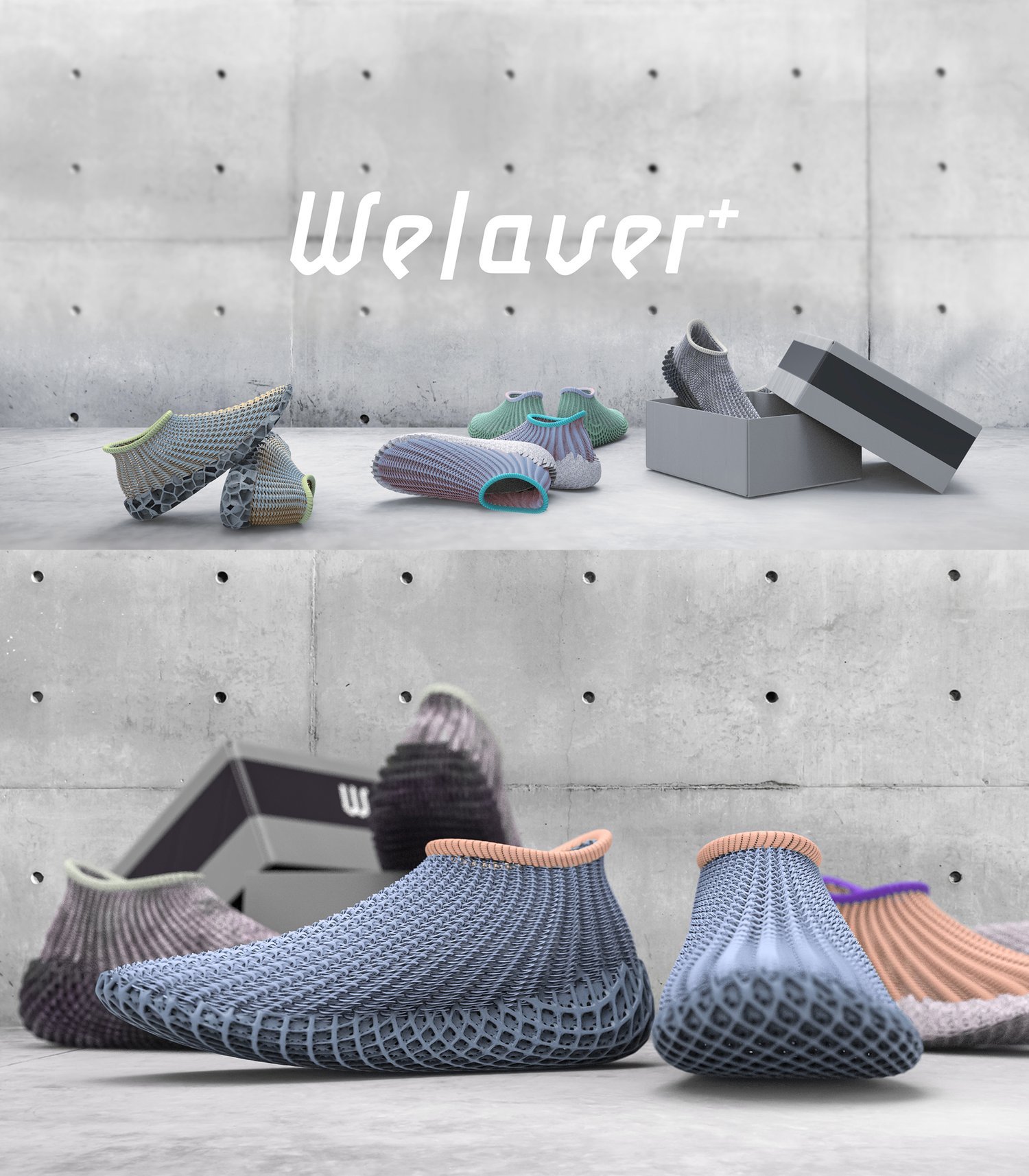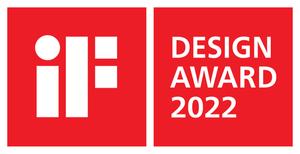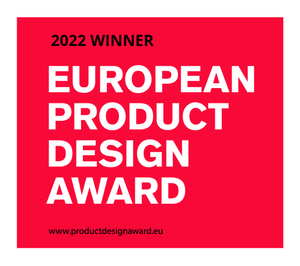We|aver+: Parametric Foot Health
PEAR & MULBERRY, 2020
#ParametricDesign #ChildrenFootcare #3dPrinting #Therapeutic #Customization
Tools: Grasshopper, Rhino, Keyshot, 3D printing
Revolutionizing Children's Footwear with Parametric Design
Children’s feet are constantly growing, making proper footwear not just a necessity but a critical factor in healthy development. Traditional mass-produced shoes fail to address the dynamic needs of growing feet, especially for children experiencing common foot health issues like Calcaneal Apophysitis—a painful condition that can lead to disability if not properly managed.
We|aver+ was designed as a fully parametric, 3D-printed footwear solution, combining biomechanical support, digital customization, and sustainable materials to provide optimized foot health for children aged 8-14. By integrating foot pressure mapping and 3D scanning data, We|aver+ generates customized shoes that balance comfort, function, and style—ensuring every child gets the support they need without compromising on aesthetics.
The Science of Healthy Footwear
Research shows that young children need more flexible shoes due to their developing bones, tendons, and muscles. The best footwear must:
✅ Offer flexibility for natural foot movement.
✅ Provide structured support to prevent misalignment and instability.
✅ Ensure shock absorption to reduce foot strain and pain.
✅ Feature a slip-resistant sole for safety.
We|aver+ applies these principles through a modular, data-driven approach, ensuring that each pair of shoes is customized to the unique pressure distribution and gait pattern of the child wearing them.
Breaking Down the Design: Components of We|aver+
We|aver+ consists of four core elements, each tailored for foot health, comfort, and customization:
1️⃣ Dynamic Sole – Engineered for Stability & Flexibility
A parametric hexagonal mesh structure provides shock absorption and balanced pressure distribution.
The toe section is designed to be more flexible, allowing for natural bending and preventing foot restriction.
The heel structure ensures even weight distribution, reducing impact forces and improving stability.
The sole pattern adapts based on foot pressure mapping, helping to diagnose gait irregularities over time.
2️⃣ Modular Insole – Custom Arch Support
The insole is anatomically designed to cradle the foot, offering personalized arch support in modular zones.
Different densities can be assigned to enhance comfort from heel to toe while maintaining proper foot posture.
3️⃣ Print-Knit Upper – Combining Aesthetics & Function
Inspired by traditional knit textiles, the 3D-printed upper wraps snugly around the foot.
The material stretches horizontally for a secure fit while remaining vertically flexible, allowing the foot to slip in easily—eliminating the need for laces.
The unique print-knit pattern can be adjusted parametrically, allowing customization in both design and fit.
4️⃣ Ankle Cushion – Soft & Secure
A soft-touch ankle collar enhances comfort and improves slip-on functionality.
Prevents irritation while providing gentle support for growing feet.
Parametric Design: The Power of Computational Customization
Using Grasshopper and Rhino, We|aver+ generates an adaptive design system that responds to real-time foot scan data. This approach allows for:
✔ Rapid iteration of customized shoe structures.
✔ Real-time form exploration through parametric modeling.
✔ Automatic adjustments in sole flexibility, insole support, and upper tightness based on pressure data.
By leveraging plugins like Weaverbird, Mesh+, and LunchBox, we optimized the UV grid and scale of the sole’s hexagonal mesh, ensuring a naturally thinner and more flexible structure in the toe and heel areas.
Impact: More Than Just a Shoe
✔ Recyclable materials allow for frequent updates to accommodate growing feet.
✔ Digital fabrication enables infinite design possibilities, offering a truly customized fit for every child.
✔ Health-focused engineering eliminates pain and foot issues, ensuring mobility and happiness for every step of a child’s journey.
We|aver+ isn’t just a shoe—it’s a commitment to foot health, sustainability, and design innovation. By fusing parametric computation, medical insights, and digital fabrication, We|aver+ demonstrates the future of personalized, responsible, and high-performance footwear.
👣 Every child grows step by step. We want to make sure each step is healthy, supported, and pain-free.

